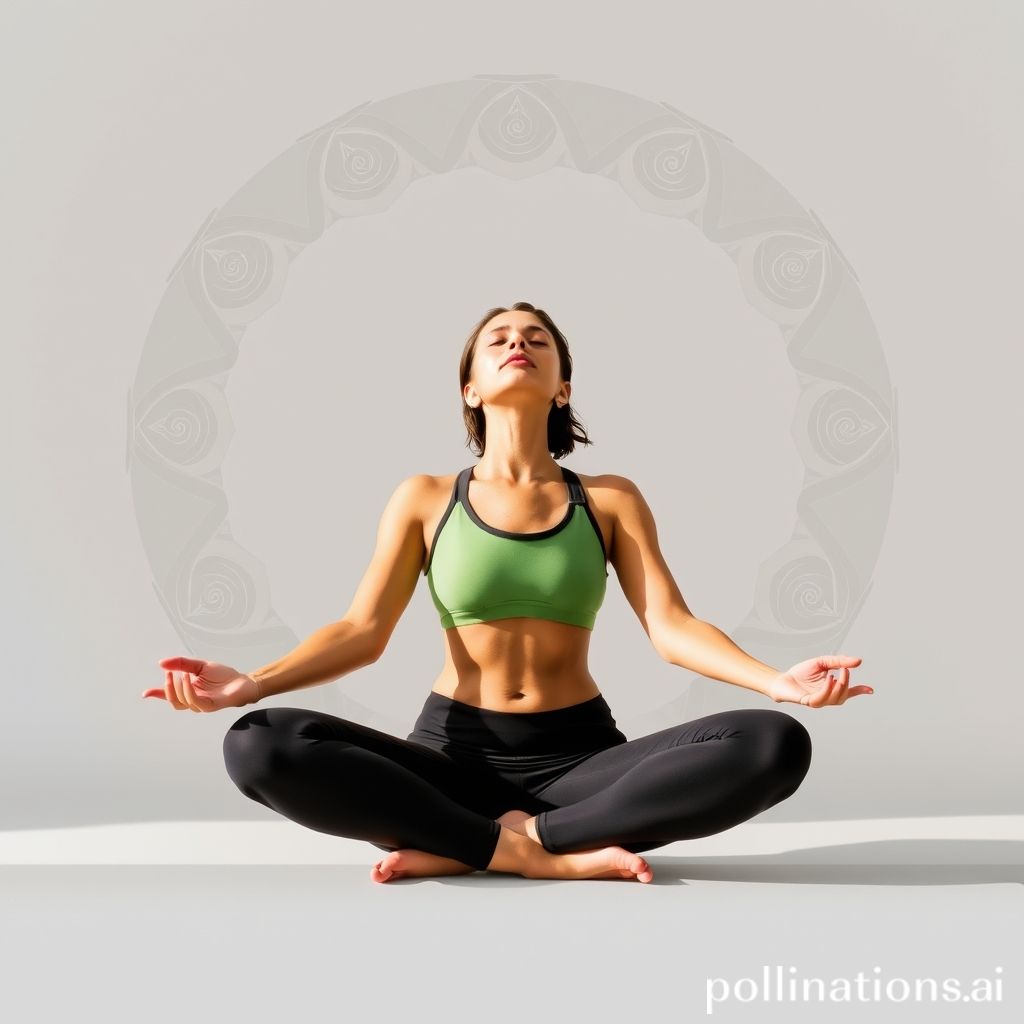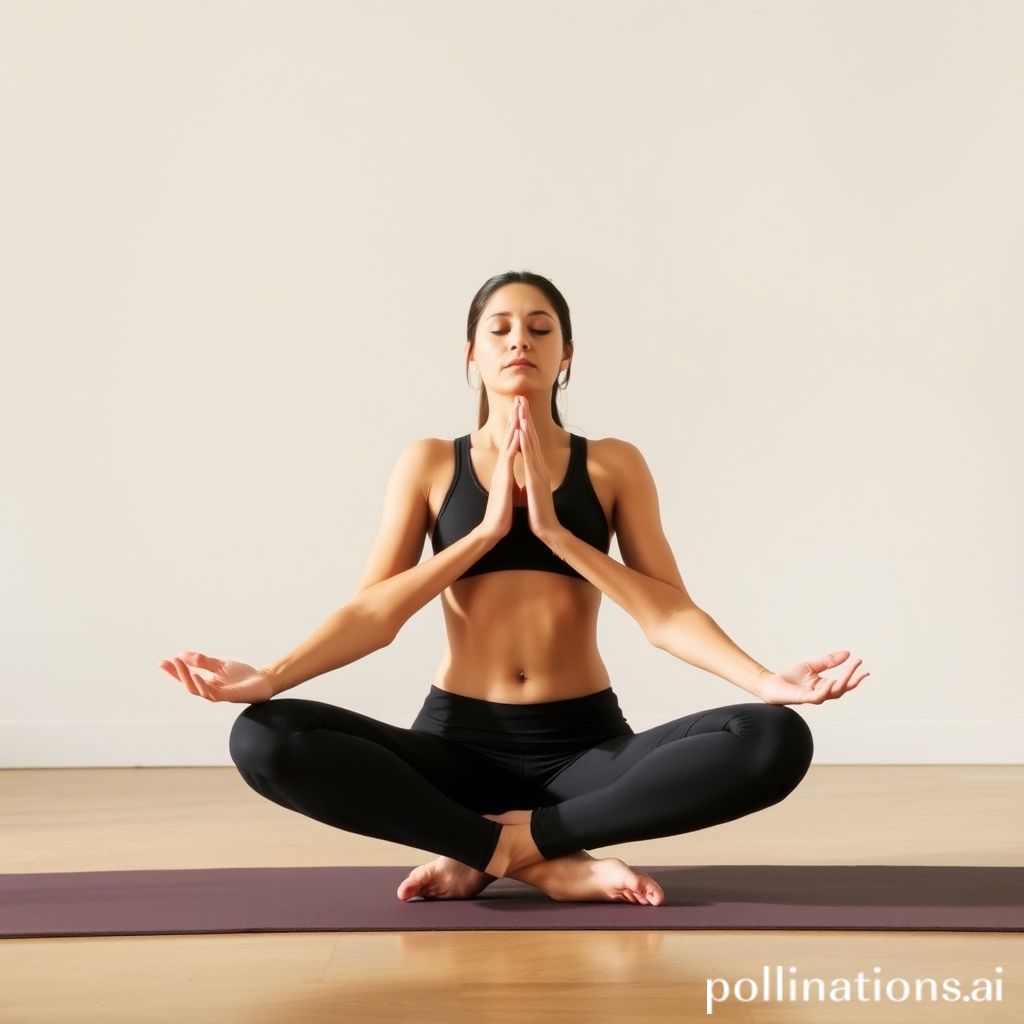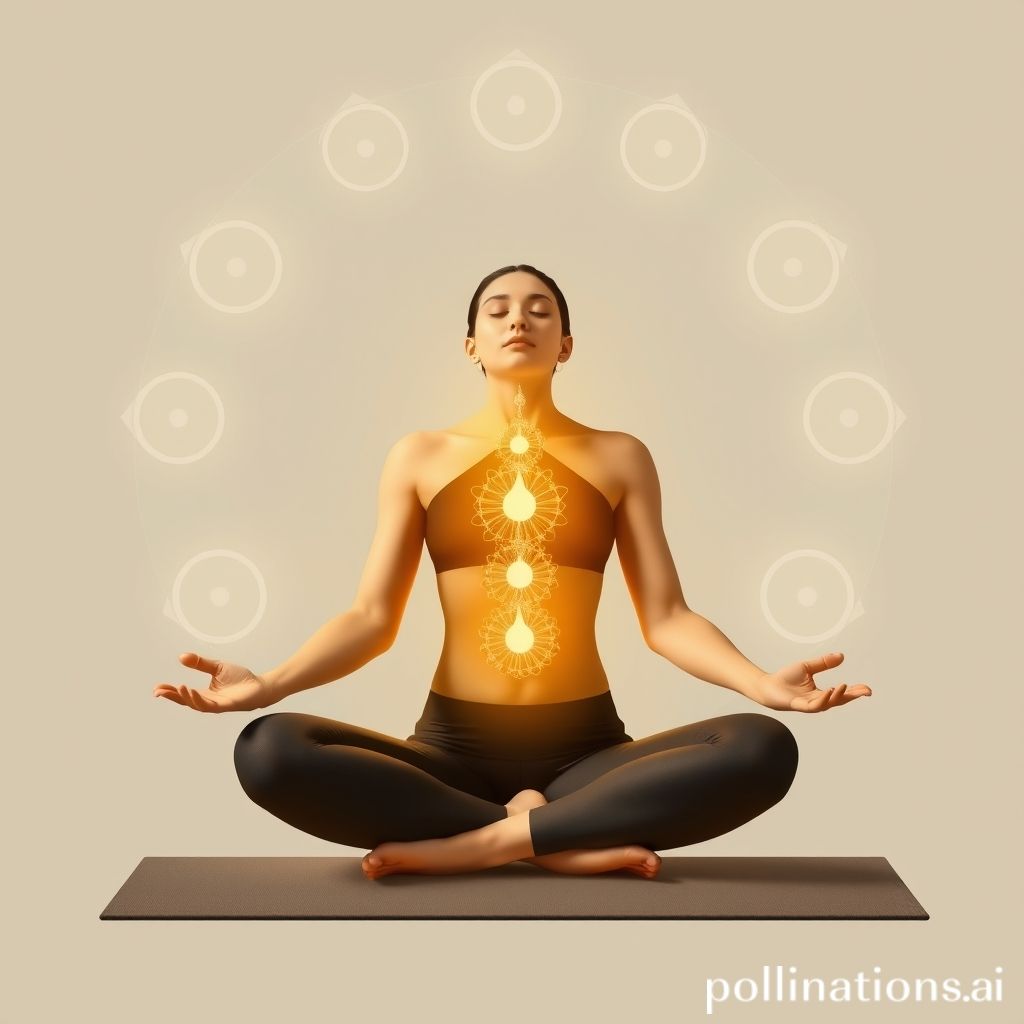Yoga breath awareness is a practice that involves focusing on the breath to empower physical and mental well-being. It is a fundamental aspect of yoga and is often used as a tool to calm the mind and reduce stress.
By paying attention to the breath, practitioners can improve their concentration, increase their lung capacity, and regulate their emotions. This technique can be used in various yoga poses and meditation practices to deepen the mind-body connection.
In this article, we will probe the benefits of yoga breath awareness and how to incorporate it into your daily routine.
Benefits of Breath Awareness in Yoga
1. Deepens your connection with your body
When practicing yoga, breath awareness plays a crucial role in deepening your connection with your body. By focusing on your breath, you become more attuned to the sensations and movements within your body. This heightened awareness allows you to better understand and appreciate the subtle nuances of your physical being during yoga poses. With each inhale and exhale, you can consciously feel the energy flowing through your body, creating a harmonious union between your breath and movements. This connection enhances your overall yoga experience and helps you cultivate a deeper mind-body connection.
2. Calms the mind and reduces stress
One of the key benefits of breath awareness in yoga is its ability to calm the mind and reduce stress. By directing your attention to your breath, you divert your focus from racing thoughts and external distractions. As you engage in slow, deep breathing, your body activates the parasympathetic nervous system, triggering a relaxation response. This response helps to release tension, alleviate anxiety, and promote a sense of calmness and tranquility. By enmeshing breath awareness into your yoga practice, you can effectively manage stress and cultivate a peaceful state of mind.
3. Improves focus and concentration during yoga poses
Another significant advantage of breath awareness in yoga is its ability to amplify focus and concentration during yoga poses. As you synchronize your breath with your movements, you create a steady rhythm that anchors your attention to the present moment. This focused awareness helps to quiet the mind’s chatter and prevent it from wandering. By maintaining a concentrated state, you can perform yoga poses with greater precision, stability, and control. This improved focus not only deepens your practice but also allows you to experience a profound sense of mindfulness and inner stillness.
| Breath Awareness Benefits | Description |
|---|---|
| Deepens your connection with your body | By focusing on your breath, you become more attuned to the sensations and movements within your body, creating a harmonious union between your breath and movements. |
| Calms the mind and reduces stress | By directing your attention to your breath, you activate the relaxation response, releasing tension, alleviating anxiety, and promoting a sense of calmness and tranquility. |
| Improves focus and concentration during yoga poses | By synchronizing your breath with your movements, you anchor your attention to the present moment, quieting the mind’s chatter and enabling greater precision, stability, and control in yoga poses. |

Techniques for Breath Awareness in Yoga
Yoga is not just about physical postures; it is also about connecting with your breath. Breath awareness techniques can help bring focus, calmness, and balance to your yoga practice. In this section, we will scrutinize three important techniques for breath awareness in yoga:
1. Diaphragmatic Breathing
Diaphragmatic breathing, also known as belly breathing, is a foundational technique in yoga. It involves deepening and expanding your breath by engaging the diaphragm, a dome-shaped muscle located below the lungs. This technique helps to release tension, increase oxygen flow, and promote relaxation.
2. Ujjayi Breath
Ujjayi breath, often referred to as the “ocean breath,” is a deep and audible breathing technique that creates a soothing sound resembling ocean waves. By constricting the back of the throat slightly at the same time breathing in and out, Ujjayi breath helps to regulate and lengthen the breath, improving focus and providing a meditative quality to the practice.
3. Nadi Shodhana (Alternate Nostril Breathing)
Nadi Shodhana, also known as alternate nostril breathing, is a balancing breath technique that helps to harmonize the energy in the body. By alternating the breath between the left and right nostrils, this technique helps to calm the mind, reduce stress, and purify the energy channels in the body.
Embedding Breath Awareness into Your Yoga Practice
When practicing yoga, imperative to incorporate breath awareness to intensify the depth and effectiveness of your practice. By paying attention to your breath, you can cultivate a deeper connection between your mind, body, and spirit. Here are some tips on how to incorporate breath awareness into your yoga practice:
1. Start with Simple Breathing Exercises
Begin your yoga practice by taking a few moments to focus on your breath. Sit in a comfortable position and take deep, slow breaths in and out through your nose. Notice the sensation of the breath as it enters and leaves your body. This simple breathing exercise helps to calm the mind and prepare you for the physical practice ahead.
2. Practice Breath Awareness During Yoga Poses
As you move through different yoga poses, continue to pay attention to your breath. Coordinate your movements with your breath, inhaling as you expand or lengthen, and exhaling as you contract or release. This synchronicity between breath and movement brings a sense of flow and mindfulness to your practice.
3. Use Breath as a Tool to Deepen Your Practice
Utilize your breath as a tool to deepen your yoga practice. When you encounter challenging poses or moments of discomfort, focus on your breath to help you stay present and grounded. Take slow, controlled breaths to calm the nervous system and find stability within each pose.

Breath Awareness for Relaxation and Meditation
Breath awareness is a powerful technique that can help promote relaxation and augment meditation practices. By focusing on the breath, individuals can cultivate a sense of calm and find inner peace. In this section, we will investigate the benefits of guided breath awareness meditation and how to use the breath to release tension.
1. Guided Breath Awareness Meditation
Guided breath awareness meditation is a helpful practice for beginners and experienced meditators alike. It involves following the breath and bringing attention to the sensations of each inhale and exhale. By directing our awareness to the breath, we can let go of distracting thoughts and enter a state of deep relaxation.
During guided breath awareness meditation, find a comfortable position and close your eyes. Take a few deep breaths to center yourself, then allow your breath to return to its natural rhythm. Notice the sensation of the breath as it enters and leaves your body. You may also choose to focus on a specific area, such as the rising and falling of your abdomen or the feeling of air passing through your nostrils.
As thoughts arise, gently acknowledge them and let them go, returning your focus to the breath. With regular practice, guided breath awareness meditation can help reduce stress, improve concentration, and amplify overall well-being.
2. Using Breath to Release Tension and Find Inner Peace
In addition to guided meditation, the breath can be a valuable tool for releasing tension and finding inner peace throughout the day. When we are stressed or anxious, our breath tends to become shallow and rapid. By consciously slowing down and deepening our breath, we can activate the body’s relaxation response and promote a sense of calm.
One technique for using the breath to release tension is called diaphragmatic breathing. Start by finding a comfortable seated position and placing one hand on your abdomen. Take a slow, deep breath in through your nose, allowing your abdomen to expand. Exhale slowly through your mouth, feeling your abdomen gently contract. Continue this deep breathing pattern, focusing on the sensation of your breath and the rising and falling of your abdomen.
Practicing breath awareness throughout the day can help cultivate a sense of mindfulness and bring us back to the present moment. By using the breath as an anchor, we can navigate the challenges of daily life with greater ease and find inner peace.
| Benefits of Breath Awareness | Techniques |
|---|---|
|
|

Breath Awareness in Daily Life
Developing breath awareness can greatly amplify your daily life by promoting mindfulness and reducing stress. By consciously paying attention to your breath throughout the day, you can cultivate a sense of calm and improve your overall well-being.
1. Bringing Mindfulness to Your Breath Throughout the Day
One way to incorporate breath awareness into your daily life is to set aside dedicated moments to focus on your breath. Take a few minutes each hour to pause, close your eyes, and bring your attention to your breath. Notice the sensation of the breath entering and leaving your body, without judgment or analysis. This simple practice can help ground you in the present moment and increase your overall awareness.
2. Using Breath as a Tool to Manage Stress and Anxiety
The breath is a powerful tool for managing stress and anxiety. When you find yourself feeling overwhelmed or anxious, take a moment to pause and take a few deep breaths. Focus on lengthening your exhales, allowing your body to relax and release tension. This conscious breathing technique can activate your body’s relaxation response, helping you to feel calmer and more centered.
To further amplify your breath awareness practice, consider assimilating a breathing exercise into your daily routine. Traverse techniques such as diaphragmatic breathing or alternate nostril breathing, which can help regulate your nervous system and promote a sense of balance.
Benefits of Breath Awareness:
- Stress Reduction: By bringing mindfulness to your breath, you can reduce stress levels and promote relaxation.
- Improved Focus: Breath awareness can sharpen your focus and enrich mental clarity.
- Emotional Regulation: By consciously engaging with your breath, you can gain better control over your emotions and respond more skillfully to challenging situations.
| Technique | Description |
|---|---|
| Diaphragmatic Breathing | A technique that involves deep breathing, utilizing the diaphragm to promote relaxation and stress reduction. |
| Alternate Nostril Breathing | A yogic breathing technique that involves alternating the breath between the left and right nostrils, promoting balance and harmony. |
Read More:
1. Relaxation Through Breath: Your Gateway to Peace
2. Mindfulness Unleashed: Explore Breath’s Power